House on stilts on the mountainside
Old lady Lo Thi Mai, from Na Tuong village, Xuan Duong commune, Na Ri district, is over 80 years old. With a hunched back and bright eyes, she enthusiastically talks about her family's ancient stilt house, a feat from the 1970s. She said: "In the early 1970s, to build the family's stilt house with 52 ironwood pillars, it took several years to find and carve the trees by hand. Each month, we could only find and craft two pillars, which were gradually soaked in pond mud. Once we had accumulated 52 pillars, we had to find planks and floorboards. When we had free time, we would mix soil and bake yin-yang tiles to cover the roof. It was very laborious."
The rustic wooden door, the shiny black main pillar, the rough yin-yang tiled roof... the whole house does not have a single iron nail. The pillars, rafters, purlins, and battens are all connected by mortise and tenon, bamboo pegs, and wooden wedges, which are both sturdy and demonstrate the traditional craftsmanship of the Tay people in the highlands.
Village chief Hoang Van Cuc proudly said: “When talking about stilt houses, we have to mention Na Tuong. In the village, there are more than 100 ancient stilt houses, most of which are 40 to 50 years old or more. These stilt houses have been passed down through many generations and are still standing strong today.”
It is these roofs that filter and preserve cultural heritage: from speech, lifestyle, to folk art forms such as Sli singing, now recognized as a national intangible cultural heritage.
Keep traditional architecture
According to the representative of the Bac Kan Architects Association, traditional architecture in Bac Kan includes one-story and two-story houses. Traditional one-story houses are mainly wooden frame houses, surrounded by planks and rammed earth walls mixed with gravel. Traditional two-story houses basically focus on wooden frame stilt houses, roofs covered with yin-yang tiles; floors made from bamboo, apricot or wooden planks. In recent years, people have tended to "escape" from traditional houses, so the village structure has also "deformed" compared to before, the national cultural identity is at risk of fading away. Houses that are concreted in a modern architectural style gradually lose the identity of the highland countryside.
Recently, the Department of Construction of Bac Kan has investigated and evaluated traditional architecture. Thereby, it was determined that the whole province still has about 9,294 traditional housing projects. Of which, there are 8,681 stilt houses; 605 earthen houses of the Tay and Nung people and only eight rammed earth houses of the Dao people.
Deputy Director of the Department of Construction of Bac Kan, Ha Minh Cuong, worried: “The source of wood materials is no longer available, the land fund for construction is also limited, especially the production method of the people has changed. Meanwhile, comparing the price of materials between wooden houses and built houses along with the need to modernize life has caused people to gradually replace old stilt houses with other types of modern houses”.
Bac Kan province has made efforts to implement many conservation solutions. In the immediate future, the province will carry out the scientific project "Assessing the current situation and proposing designs for traditional houses of some ethnic groups in the province"; on the other hand, it will provide guidance on the management of architecture and landscape in areas with tourism potential, especially around Ba Be Lake and traditional villages. At the same time, it will focus on inventorying and selecting typical stilt houses with historical value to support conservation and restoration. The provincial Architects Association has completed the design of traditional stilt houses and sent them to localities as reference documents.
The above efforts have initially brought about results. For example, in villages such as Khau Dang (Pac Nam), Khuan Bang (Cho Moi), Pac Ngoi (Ba Be), etc., a community tourism model has been formed. In Khuan Bang, 55 stilt houses are designed to harmoniously combine tradition and modernity, suitable for homestays, and the village has its own tourism management board.
Source: https://nhandan.vn/giu-nha-co-noi-lung-nui-post881979.html




![[Photo] Ho Chi Minh City holds funeral for former President Tran Duc Luong](https://vphoto.vietnam.vn/thumb/1200x675/vietnam/resource/IMAGE/2025/5/24/9c1858ebd3d04170b6cef2e6bcb2019e)

![[Photo] Party and State leaders visit former President Tran Duc Luong](https://vphoto.vietnam.vn/thumb/1200x675/vietnam/resource/IMAGE/2025/5/24/960db9b19102400e8df68d5a6caadcf6)



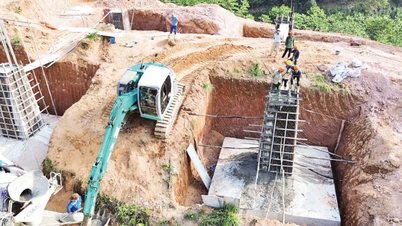

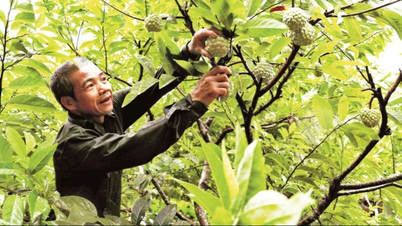
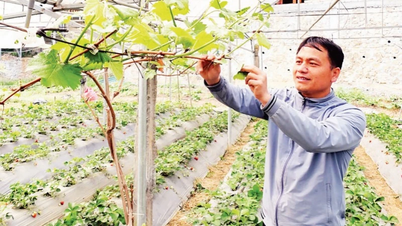




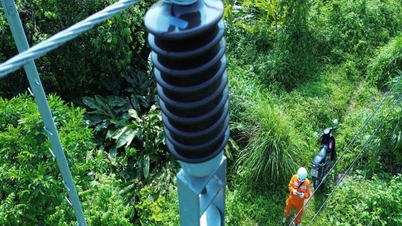
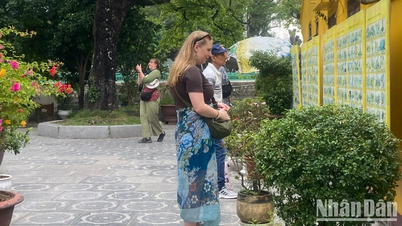

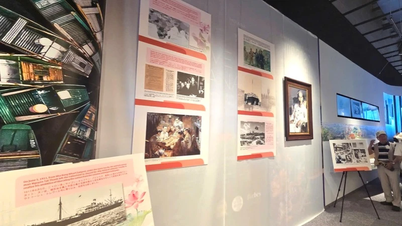

![[Photo] Ho Chi Minh City holds funeral for former President Tran Duc Luong](https://vphoto.vietnam.vn/thumb/402x226/vietnam/resource/IMAGE/2025/5/24/9c1858ebd3d04170b6cef2e6bcb2019e)







































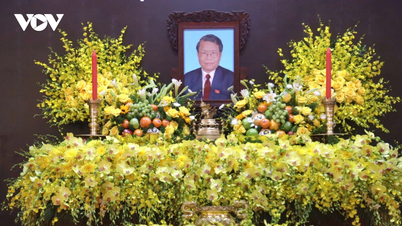












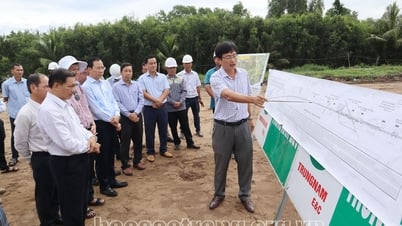

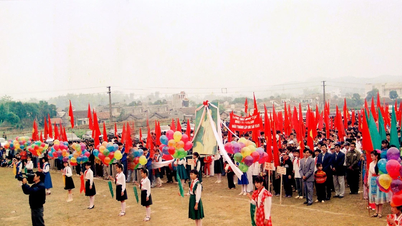
















Comment (0)